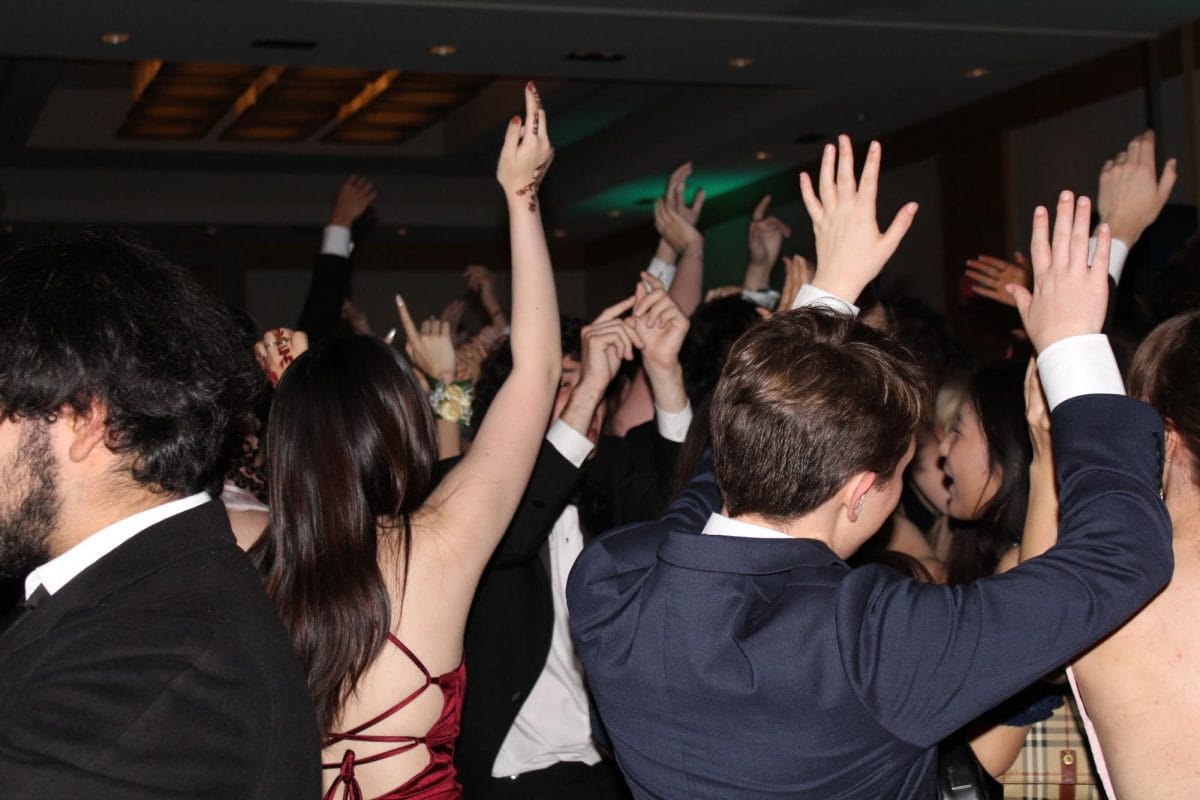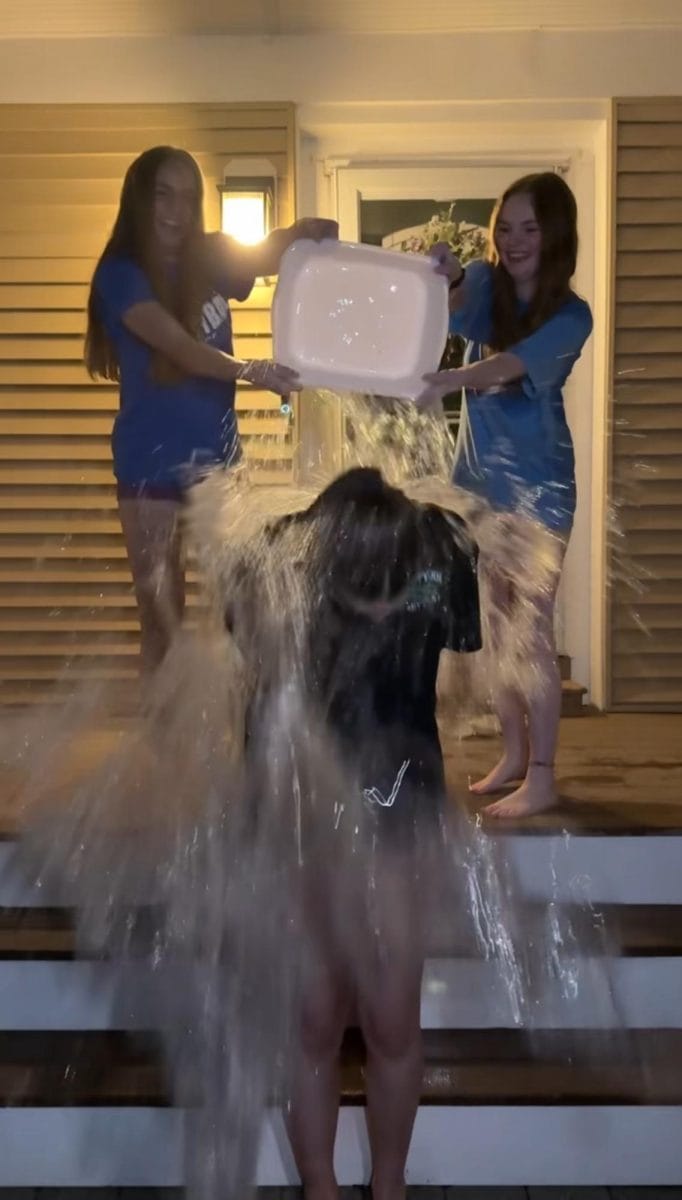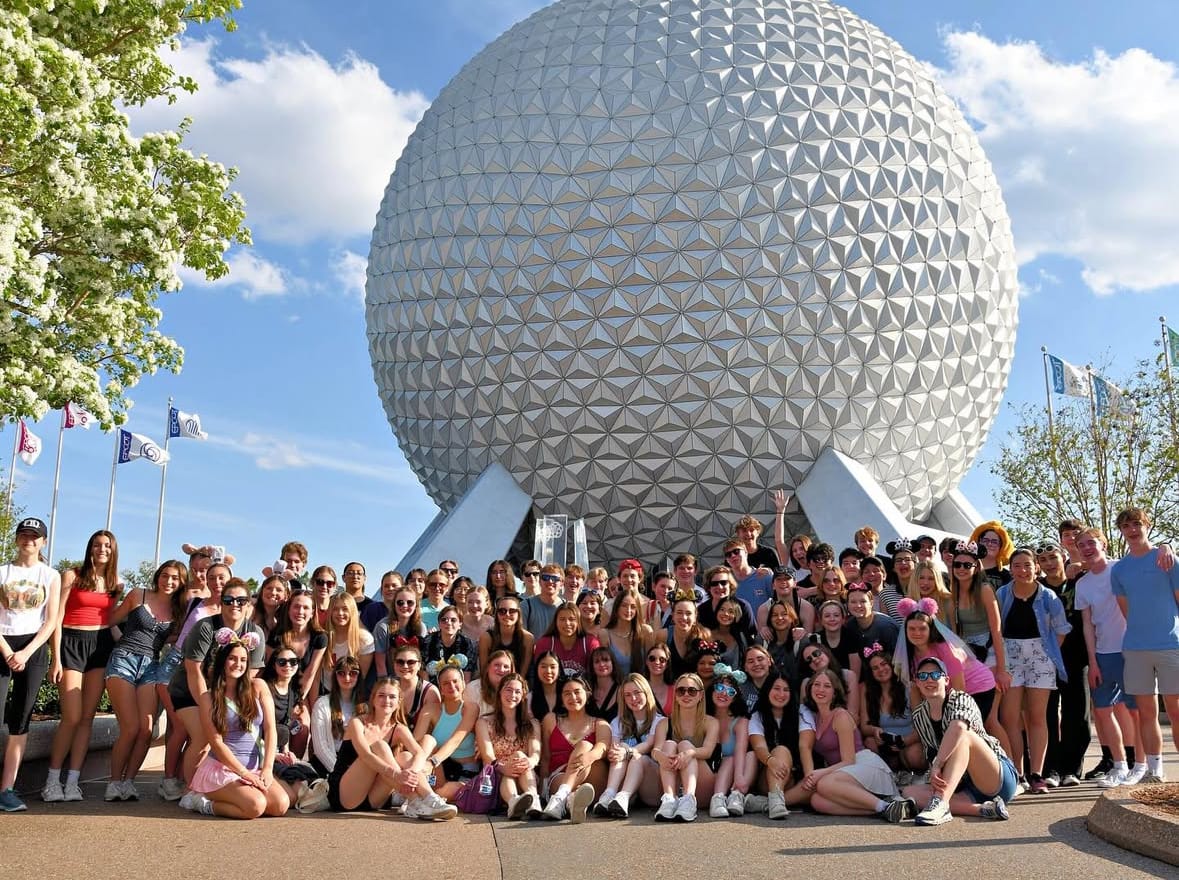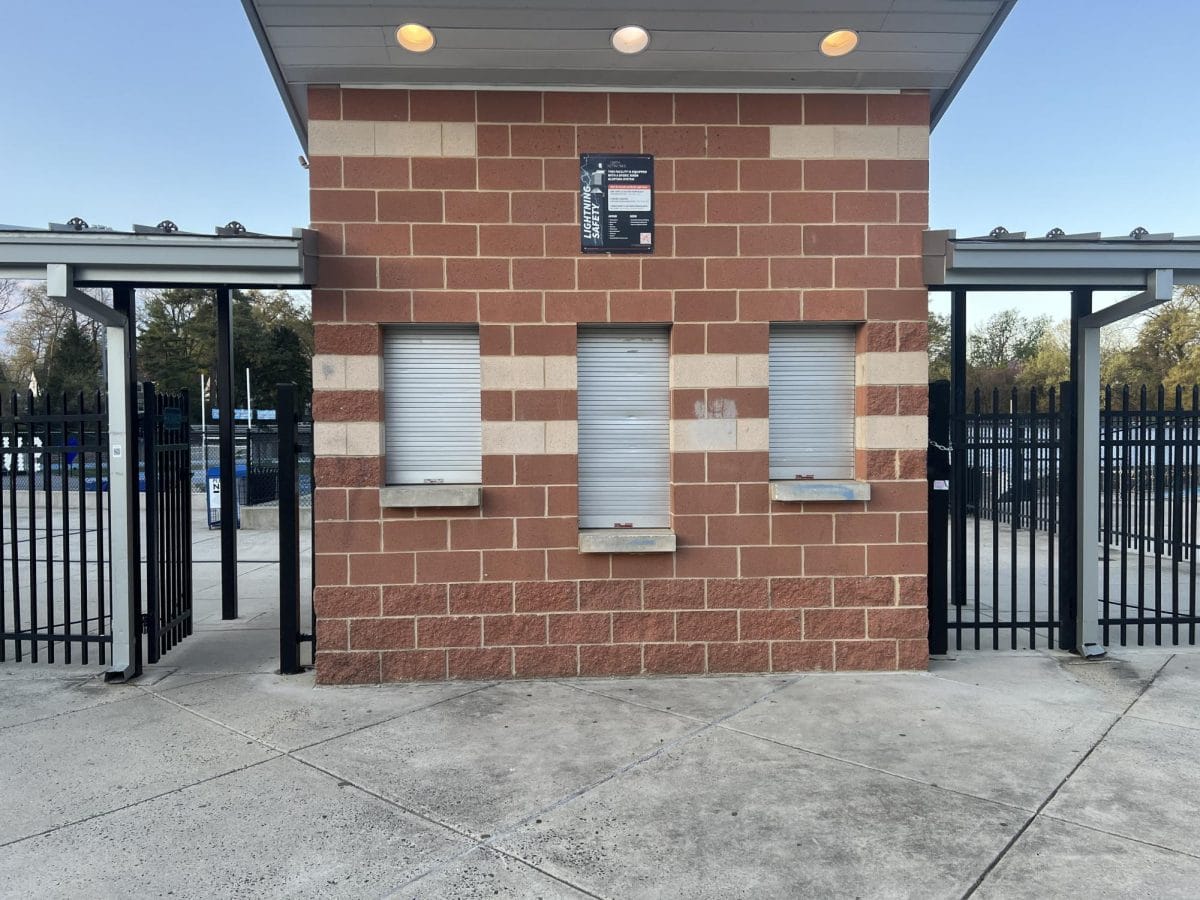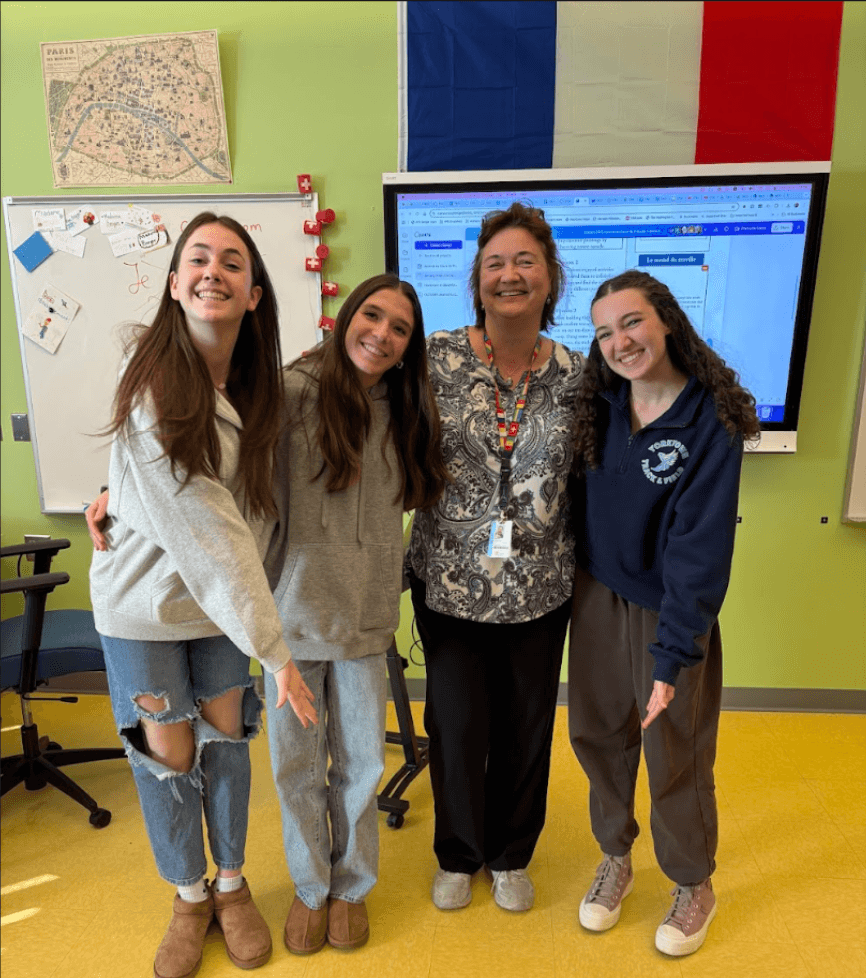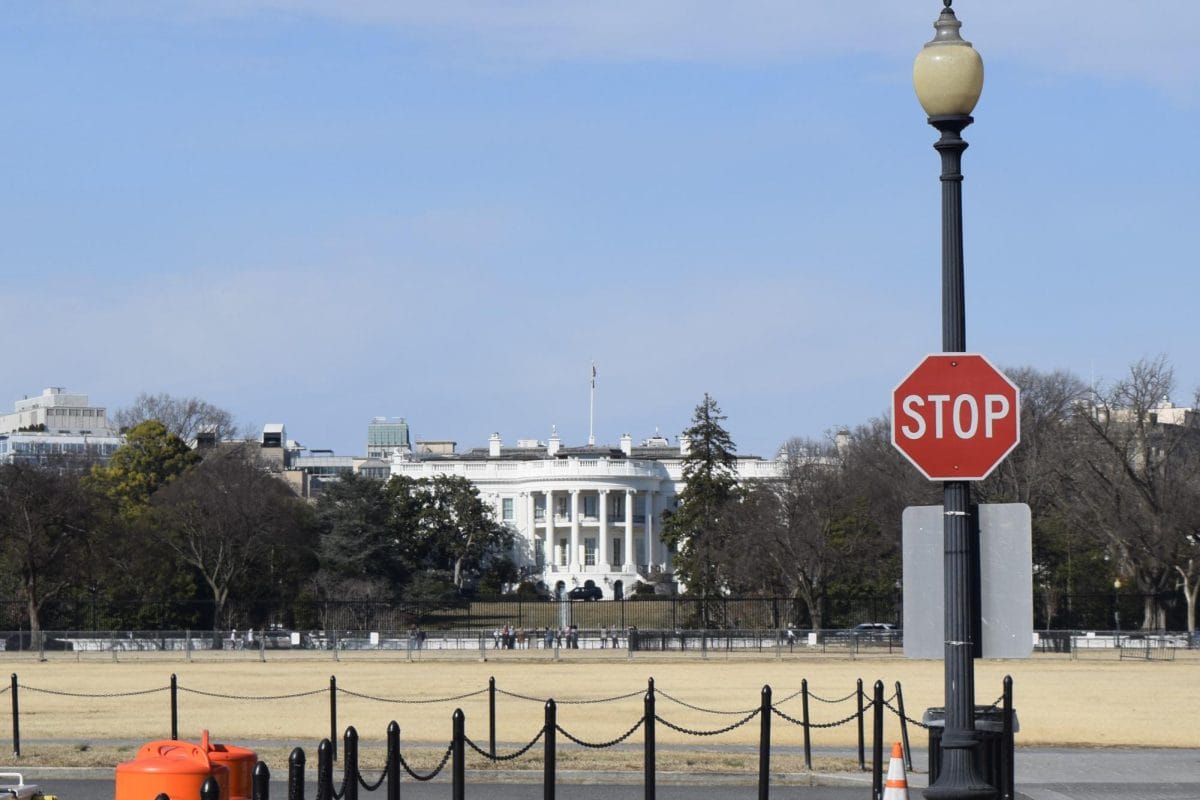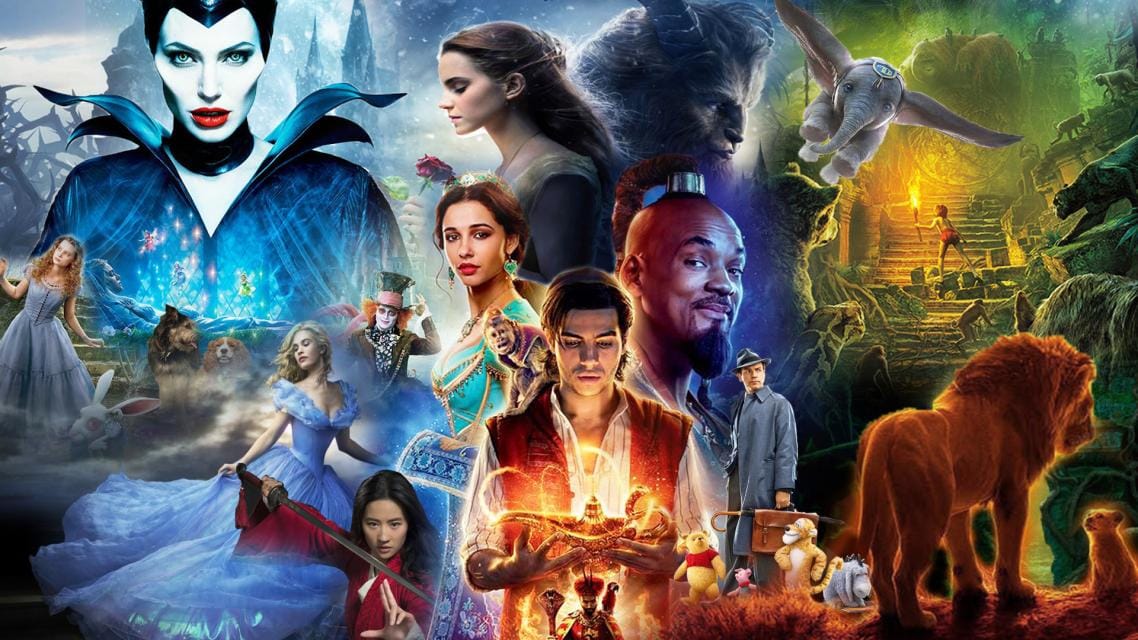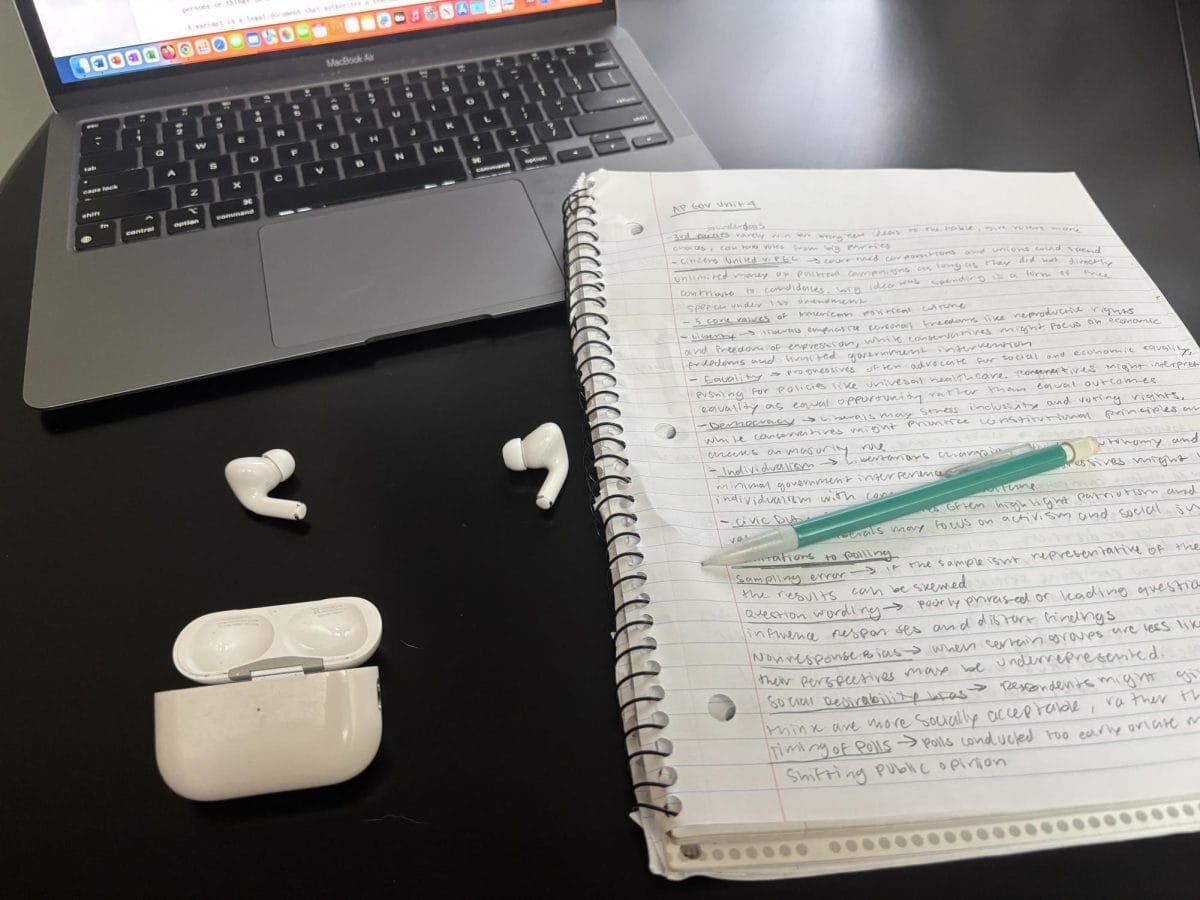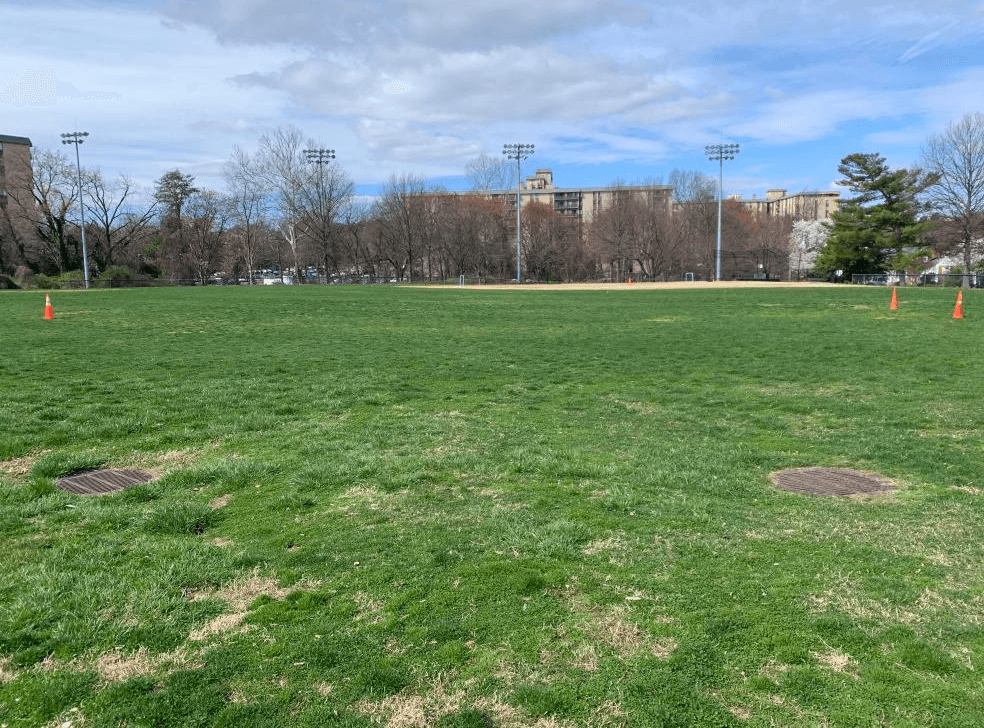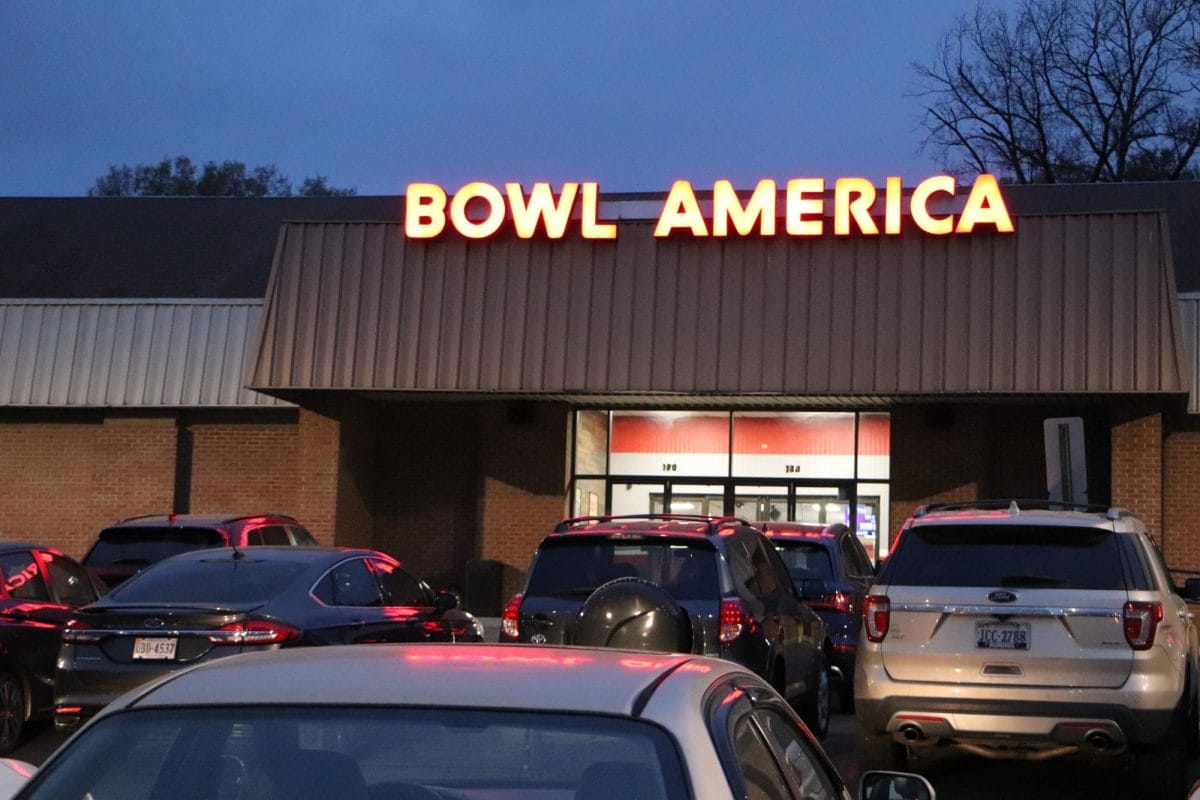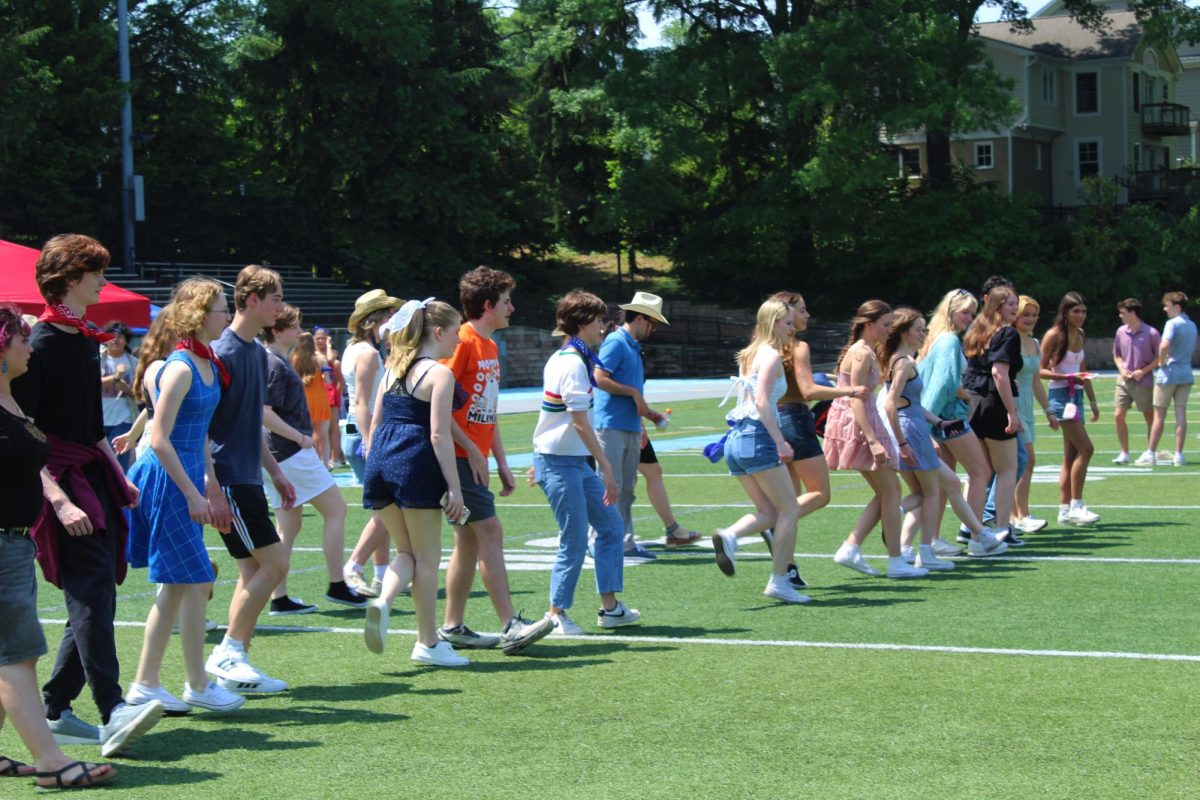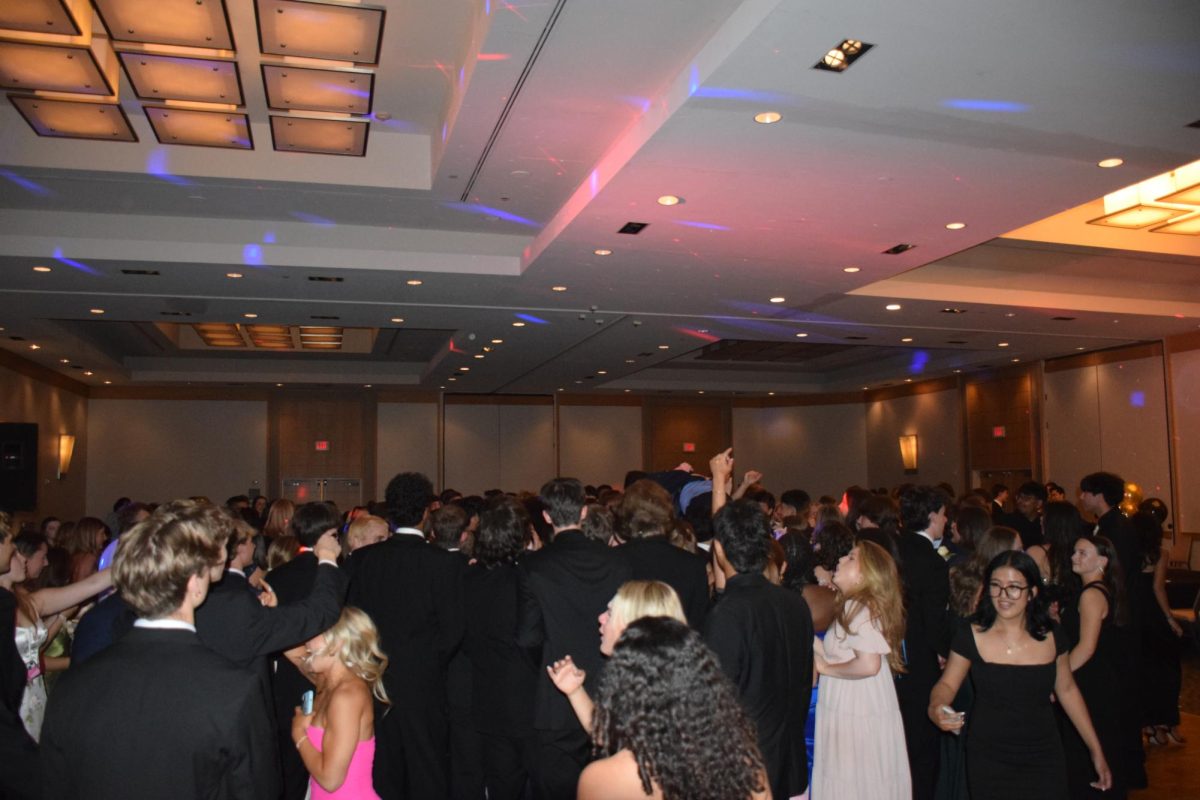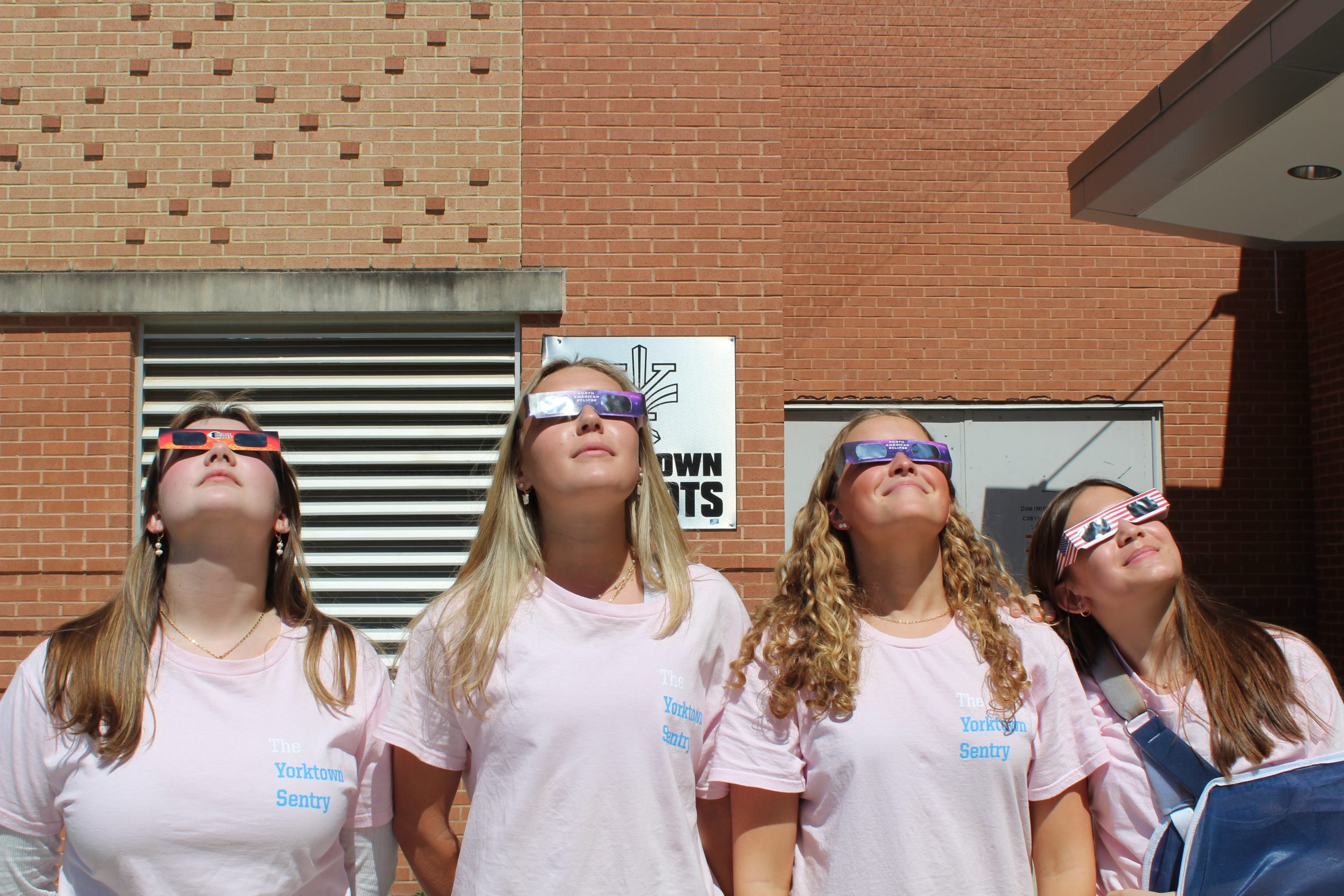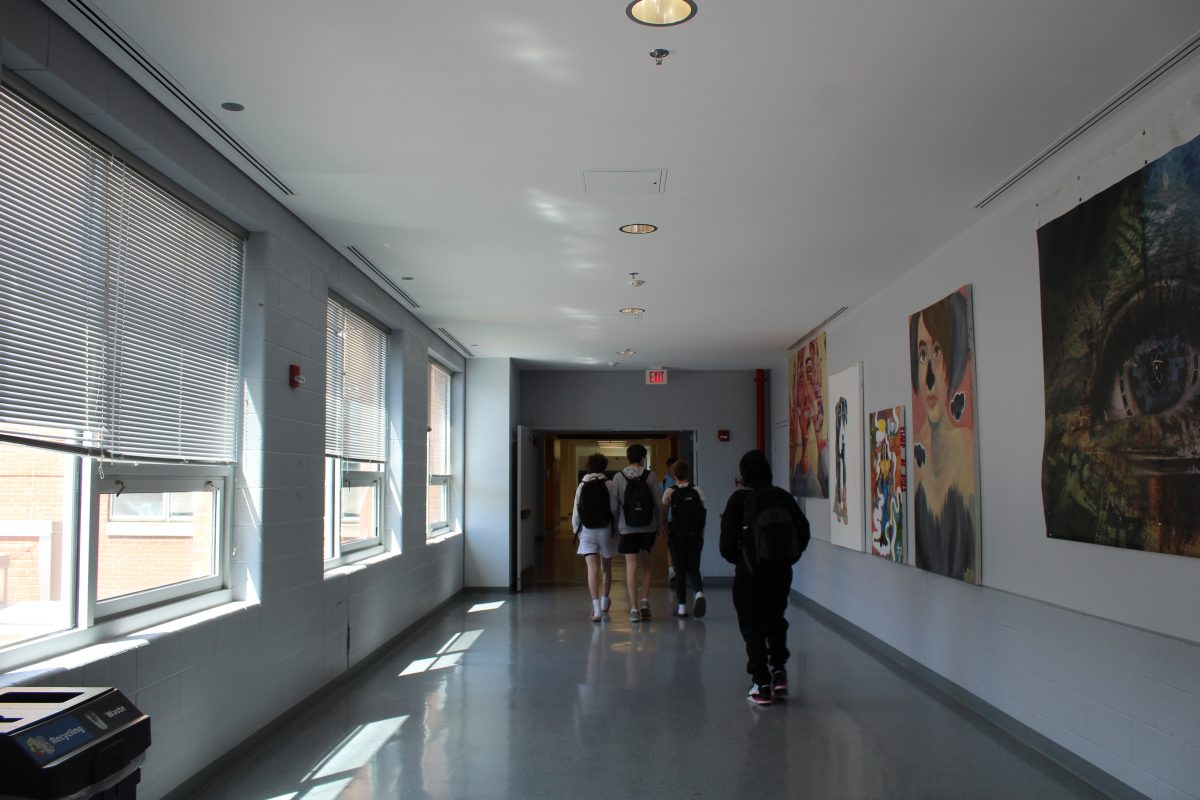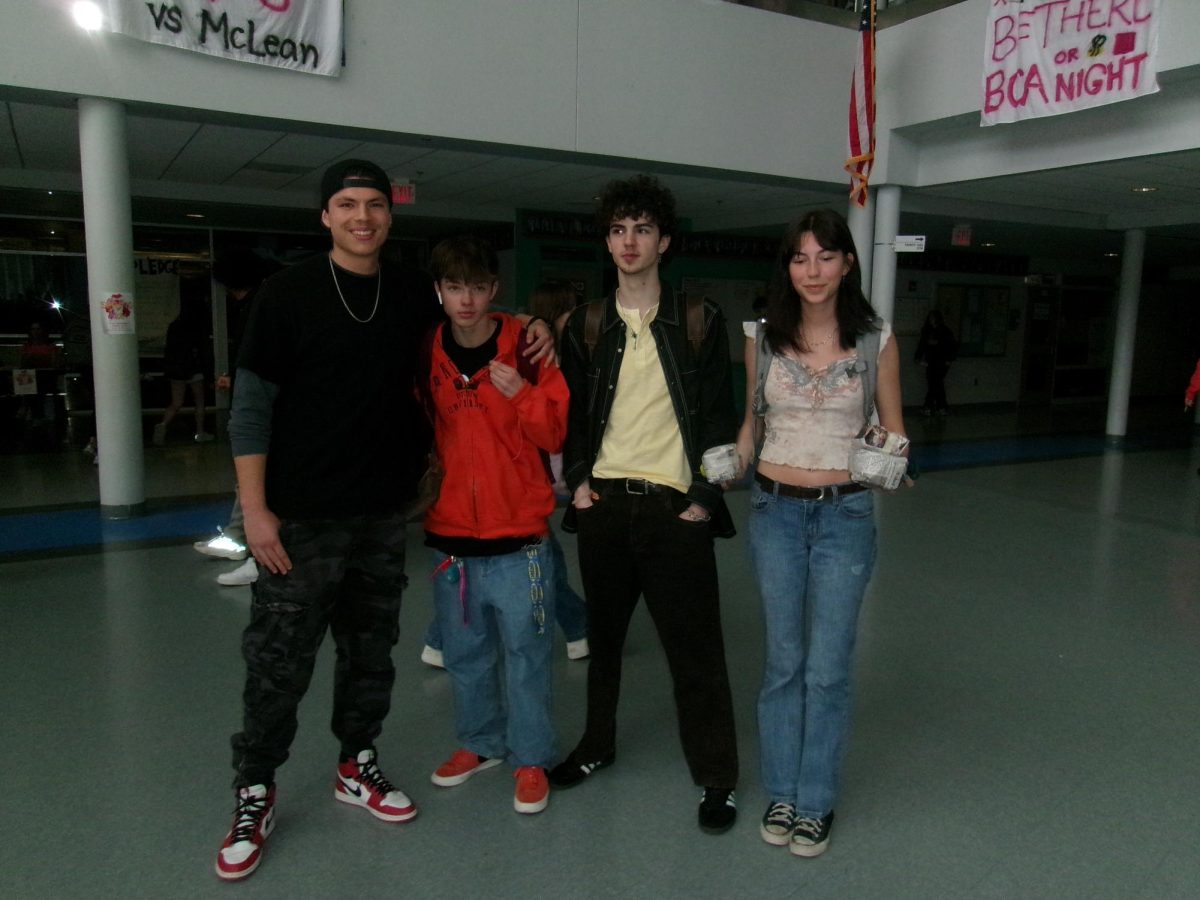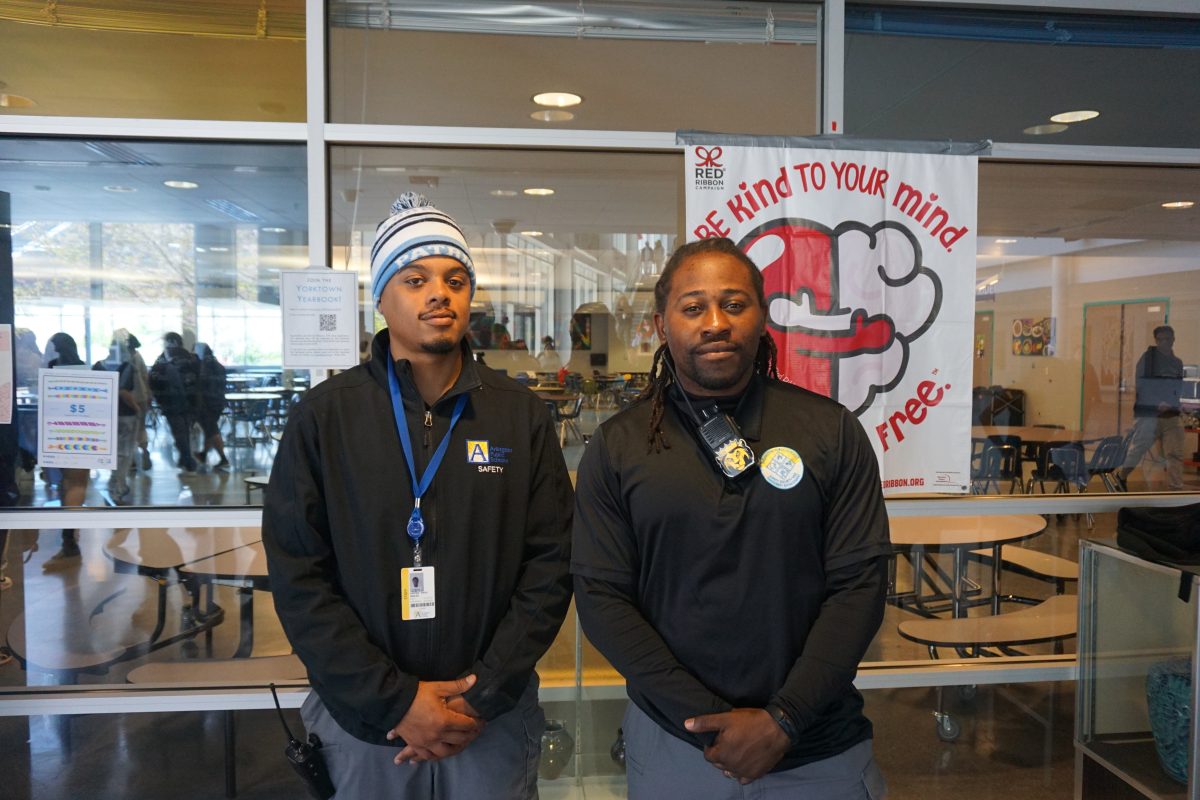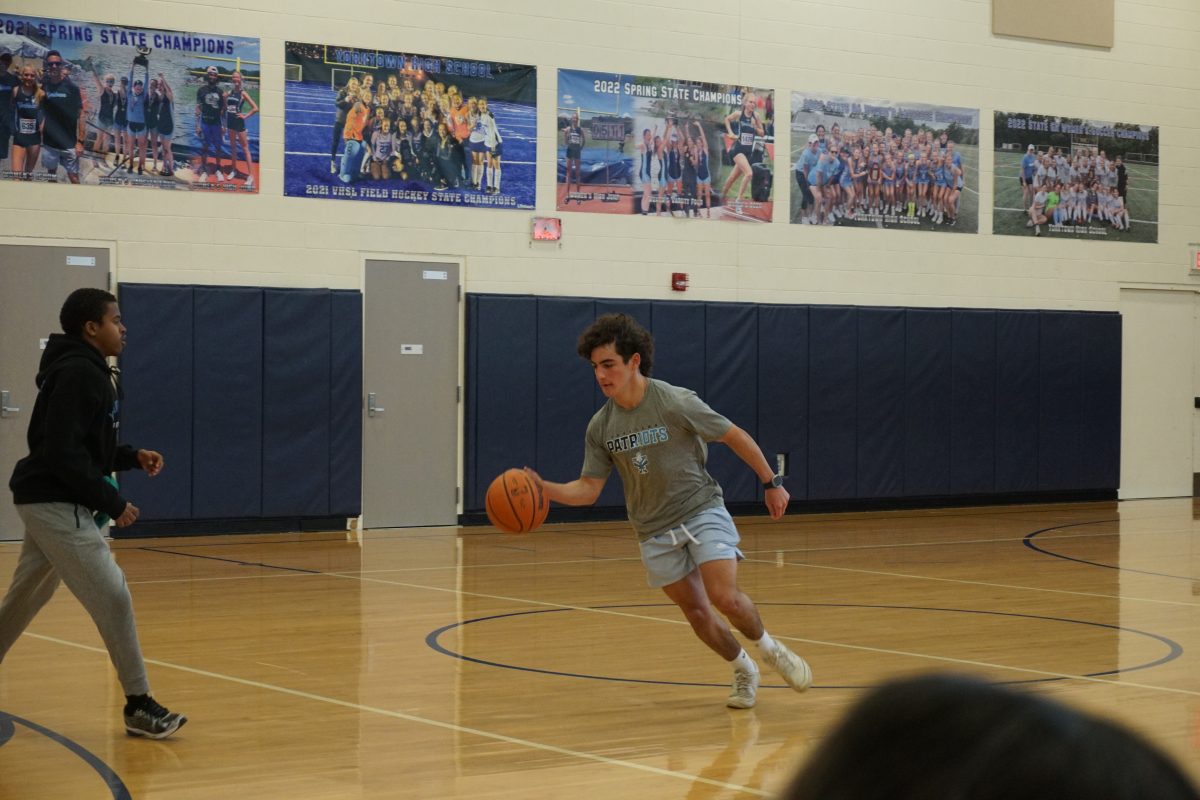Today marks the first total solar eclipse since 2017, an exciting event for people across the globe. The path of totality, where the moon will fully cover the sun, spans across parts of Texas, Oklahoma, Arkansas, Missouri, Illinois, Kentucky, Indiana, Ohio, Pennsylvania, New York, Vermont, New Hampshire and Maine in the United States.
Most of the country will have a partial eclipse, where the moon covers part of the sun. This includes the Washington, D.C. area, where there will be a nearly 90 percent eclipse. The peak visibility of the eclipse occurs at 3:20 p.m., just in time for our school’s students to get outside.
Our school provided viewing glasses to students, which are necessary to look at the eclipse without risking permanent eye damage in areas of non-totality. Blindness from eclipses is a problem that has faced humans since ancient times.
“I must take care not to incur what happens to people who observe and examine the sun during an eclipse; some of them, you know, ruin their eyes, unless they examine its image in water or something of that sort,” Socrates said in Plato’s Phaedo.
The path of totality in this year’s eclipse ranges from 108 to 122 miles, making it more significant than the 2017 eclipse, which had a 62-to-71-mile path. This results from the moon’s proximity to the Earth—it’s 8,000 miles closer this time.
The next eclipse visible in the contiguous U.S. will not be until August 2044, when current 18-year-olds will be 38, speaking to the rareness of the event (though parts of Europe will see a total eclipse in 2026).
Some students from our school left town for the day to enter the path of totality. This includes The Sentry’s own Emily Snelbecker, whose family traveled to Erie, Pennsylvania.
“It’s a very rare event so we wanted to see it because it won’t happen again for a long time,” Snelbecker said.
The eclipse will be an exciting spectacle. Make sure to use your glasses when you look up at 3:20!




